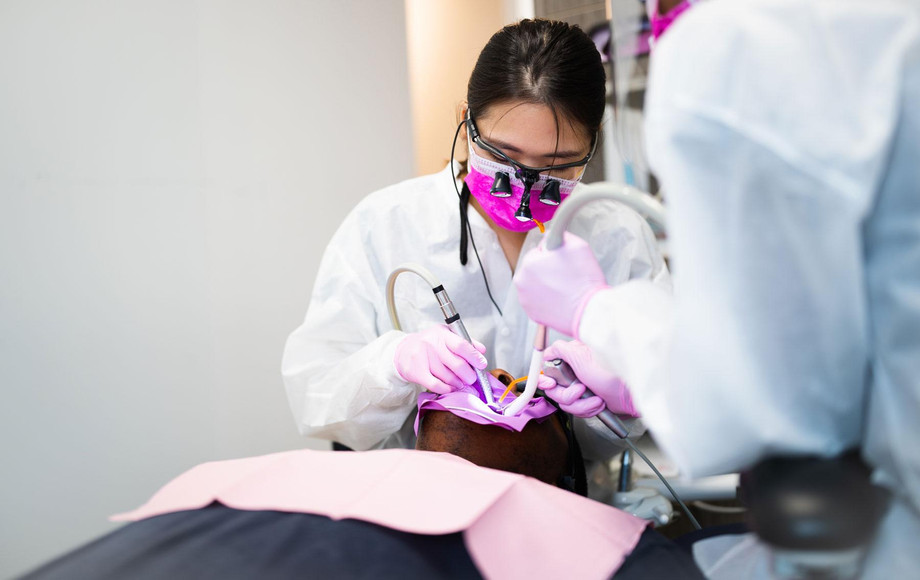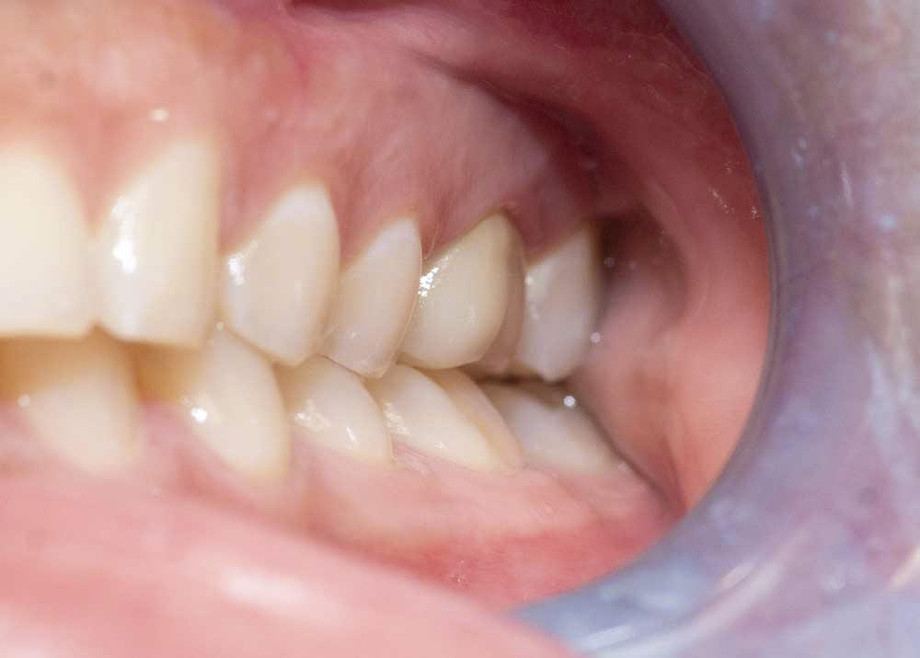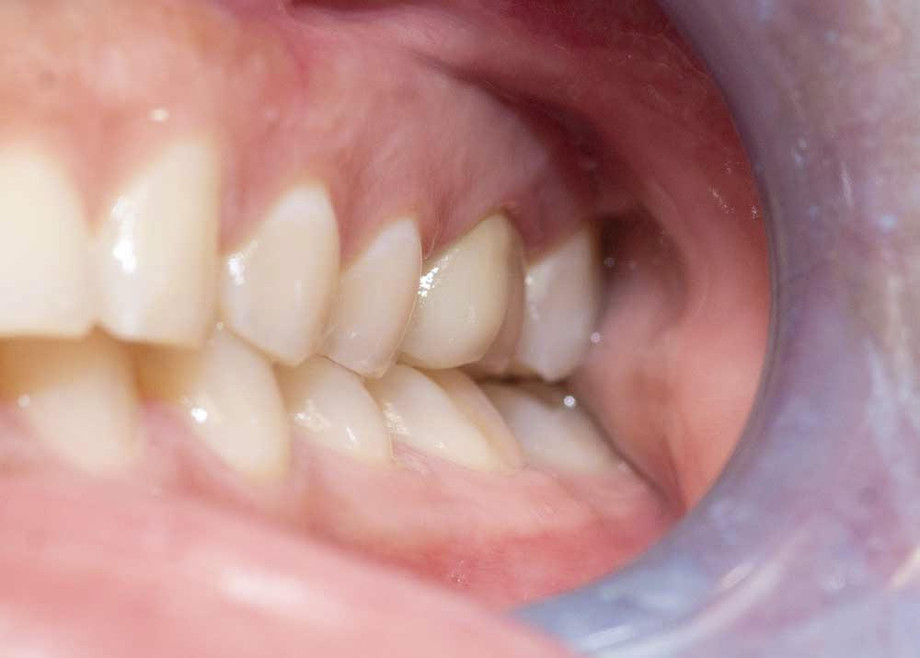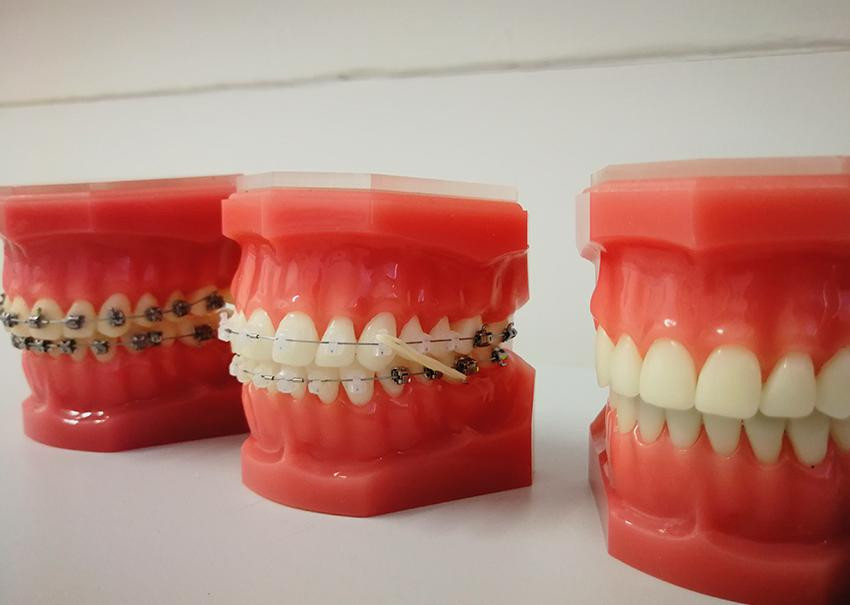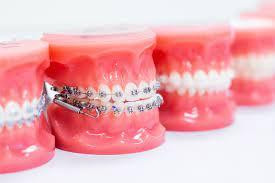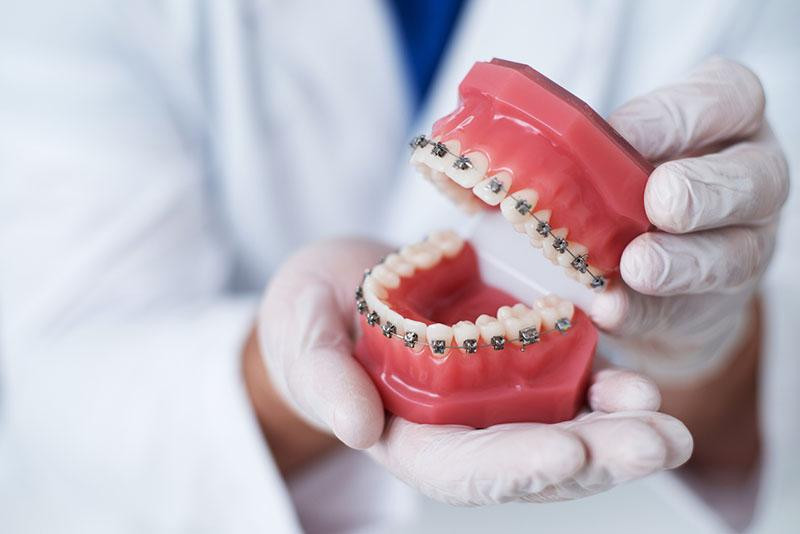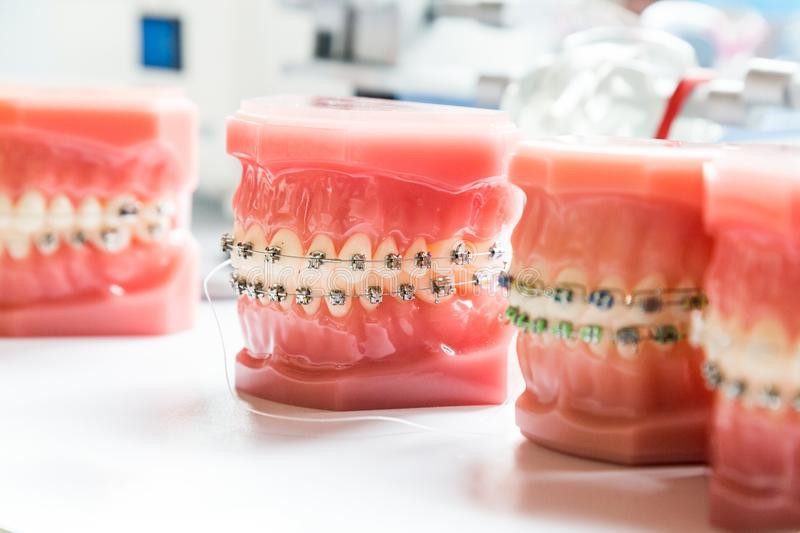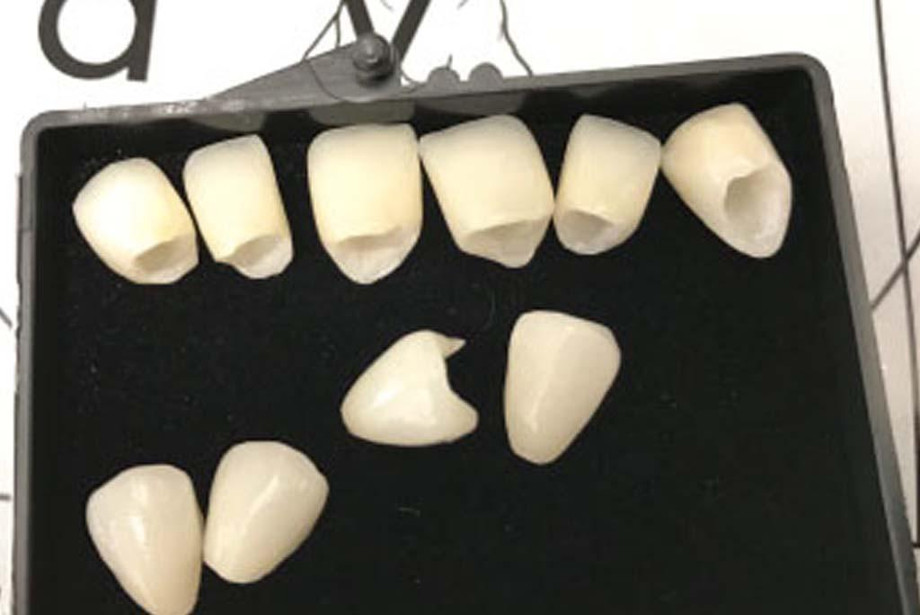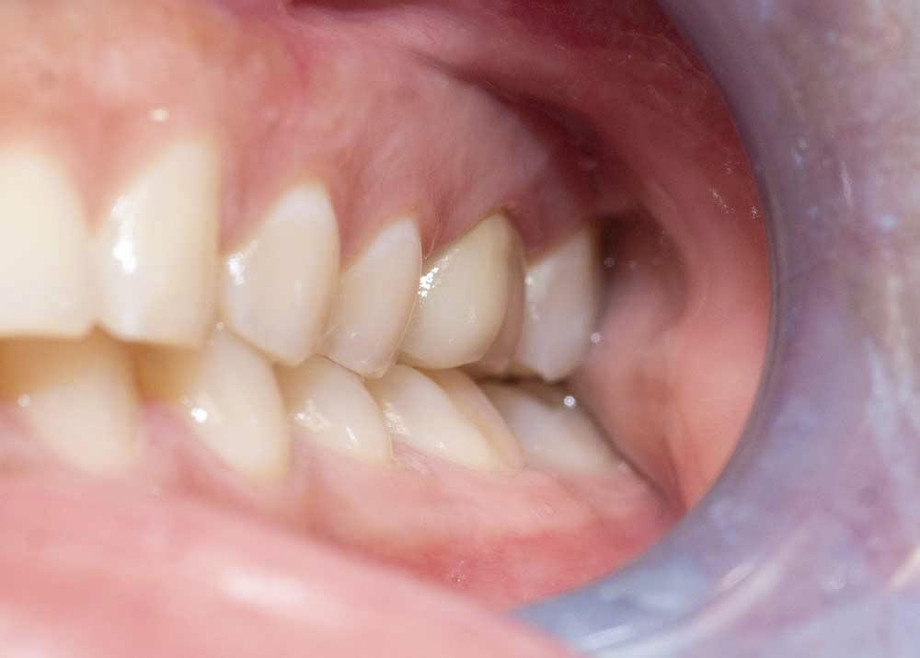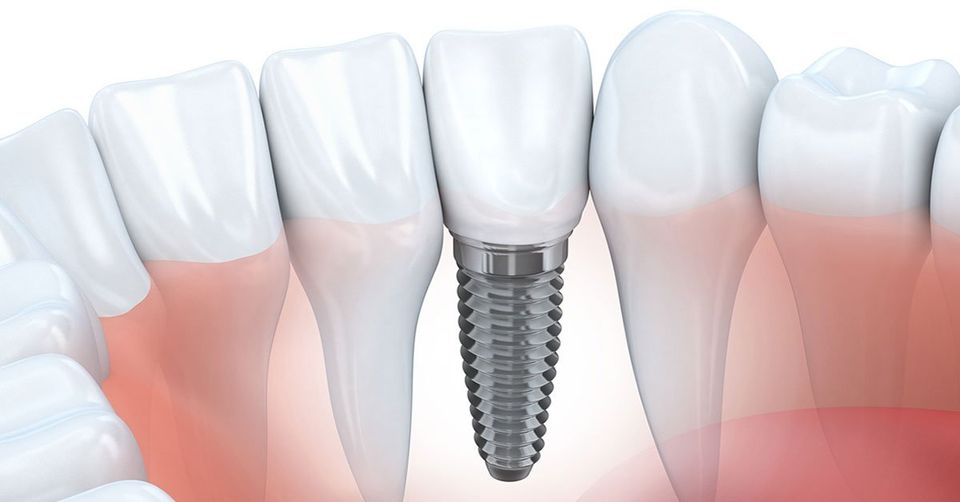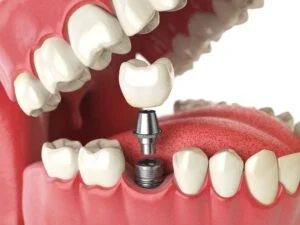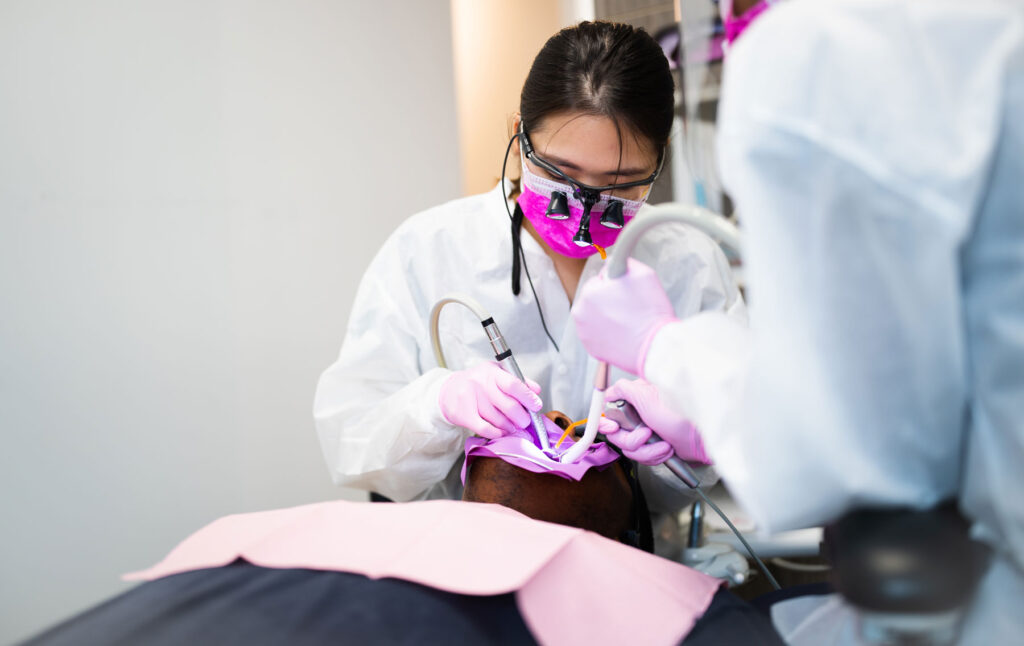Tooth extraction is one of the most feared procedures in dentistry. Patients have an assumption that it's a very painful procedure that is built by the horror stories they heard around. The tooth extraction is a routine procedure for most dentists it is a fact. Whereas a simple extraction procedure can cause you nothing more than minor discomfort.
Causes of extraction of the tooth
When there seems to be no apparent problem with the tooth, you might be wondering why the dentist wants to remove your tooth. Only when there is no hope of saving the tooth, the best dentist near me decides to remove the tooth because they are professionals who can identify dental diseases and conditions. The dental disease can progress and cause further detrimental effects in the affected region if the tooth is not removed.
The procedure of tooth extraction
Between 5-30 minutes a routine tooth removal procedure can take anywhere. The procedure for the extraction of a tooth is as follows.
-Administration of local anesthesia which desensitizes the tooth. In proximity to the tooth that is to be anesthetized, this is administered in the oral cavity. Upon subsequent tooth removal, the desensitized tooth does not pain.
- An instrument is being used by the dentist named as an elevator. This is used to severe the ligament fibers that attach the tooth to the socket. This is an instrument with a blunt tip.
-An appropriate forceps are selected to engage the tooth to be removed after the fibers are severed. By the forceps, the tooth is then removed carefully. The tooth is removed entirely from the mouth, the dentist then makes sure of this.
-There are some risks associated with an extraction. The procedure is optimally done without any damage to the adjacent teeth or structures, a good dentist also makes sure about this.
Tooth Extraction aftercare
The site of Tooth Extraction Near Me usually heals in a few days. With the extraction of the tooth, there may be some degree of pain and swelling associated. By applying cold packs and taking painkillers, you can usually subside it.
- For the next 24 hours do not rinse your mouth
- Take your medications as prescribed.
- To take rest and not strain yourself, this will be ideal.
- After the extraction socket is filled up with a blood clot vigorous spitting or similar activities may dislodge the clot and which may lead to a condition known as dry socket.
Cost of tooth extraction
The Tooth extraction cost varies widely depending on whether the tooth is impacted or not. Depending on the anesthesia you need, simple extraction usually costs between $75 and $200 per tooth and maybe more.
In the case of impacted teeth removal, the cost is significantly higher and it can land anywhere between $800 and $4,000. How much you pay for the procedure depends on where you live because many services are tailored to an area’s cost of living.
